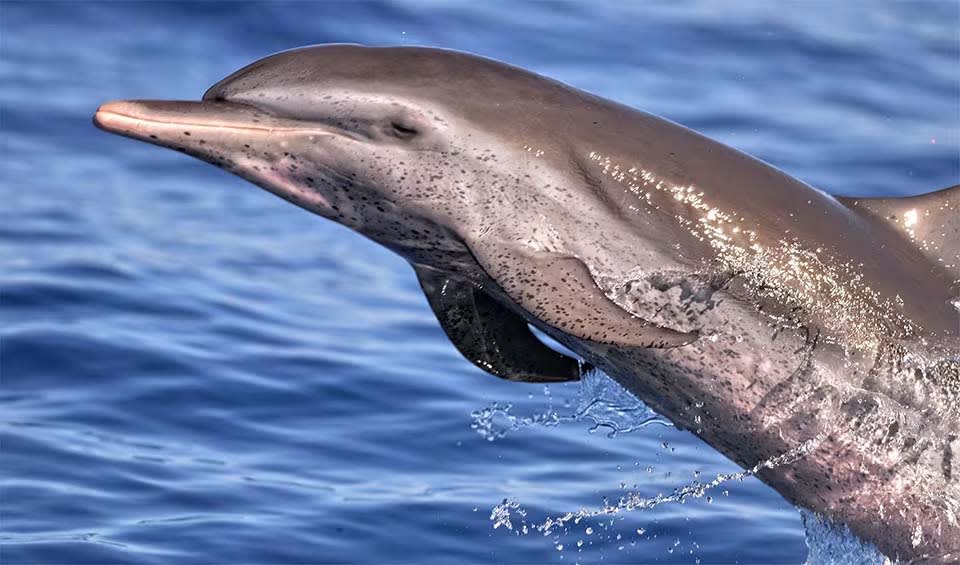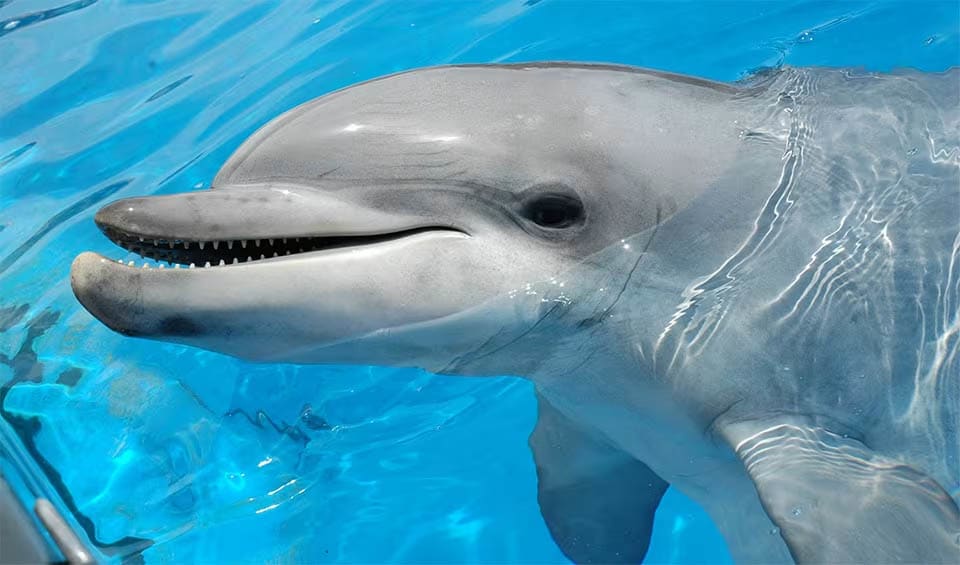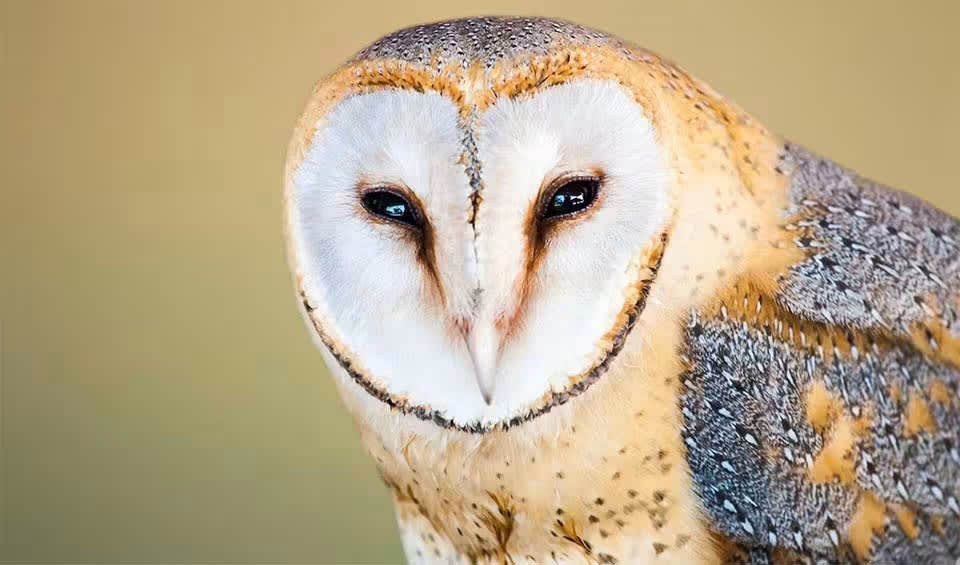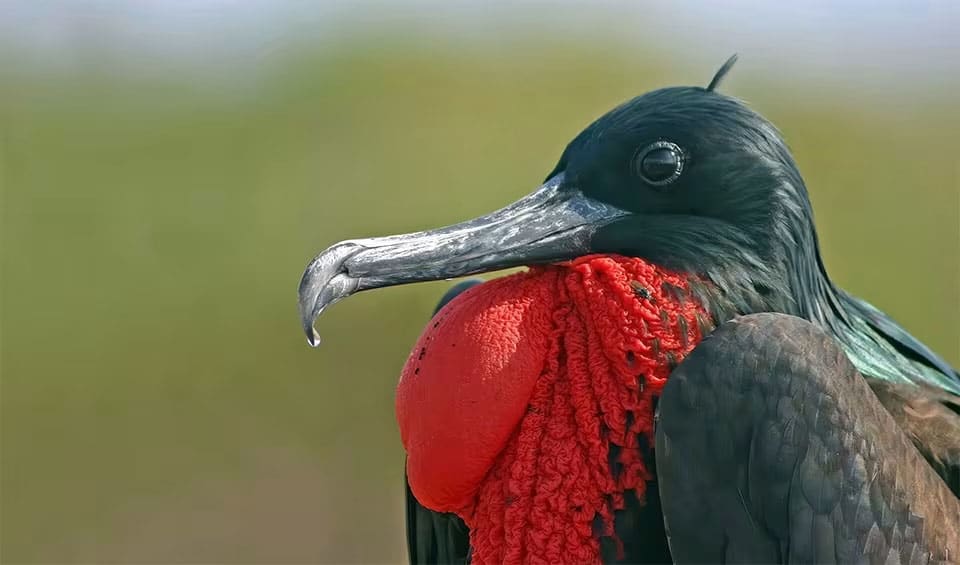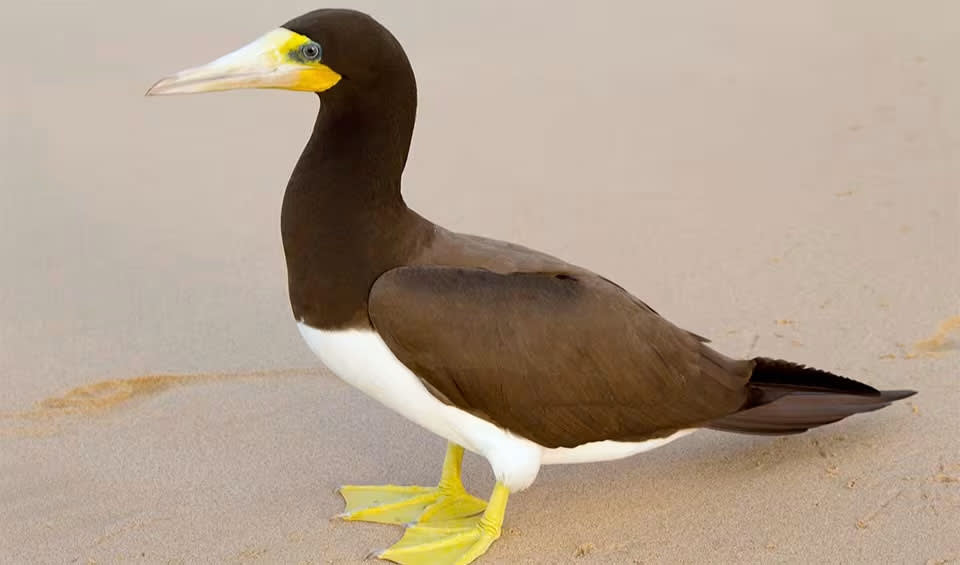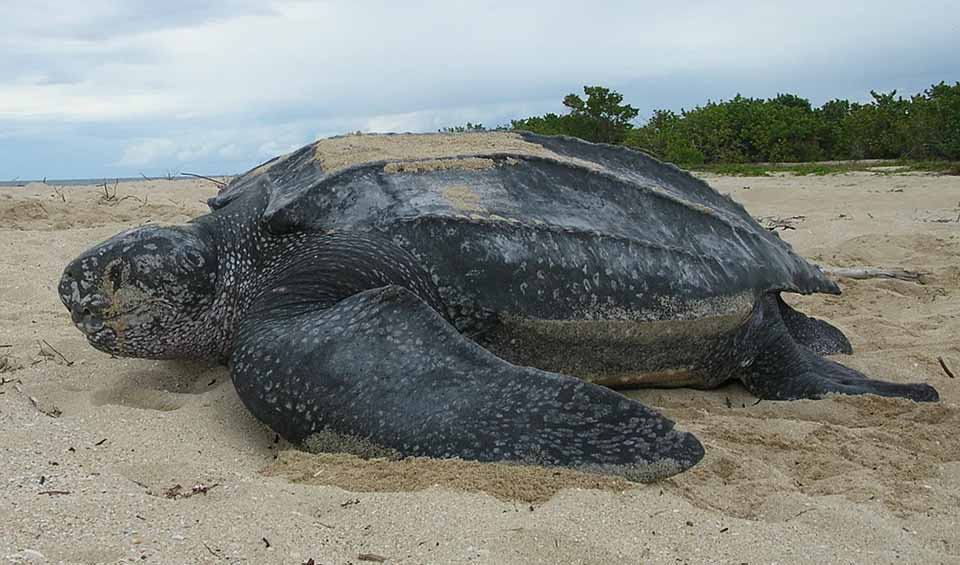American Samoa, an unincorporated territory of the United States, is located in the South Pacific Ocean, southeast of Samoa and halfway between Hawaii and New Zealand. The territory comprises five main islands—Tutuila, Aunu’u, Ofu, Olosega, and Ta’u—and two coral atolls. Covering a total land area of about 199 km² (77 mi²), American Samoa is known for its stunning landscapes, rich cultural heritage, and vibrant biodiversity.
American Samoa’s diverse landscapes include volcanic peaks, lush rainforests, pristine beaches, and vibrant coral reefs. The islands’ volcanic origin creates rugged terrain, with the highest peak, Lata Mountain on Ta’u. The beaches, lined with coconut palms, feature both black and white sands, with Ofu Beach renowned for its clear waters and coral reefs. The surrounding coral reefs are among the Pacific’s most diverse, providing vital marine habitats and attracting snorkelers and divers.
Four pillars elaborated:
American Samoa is home to several protected areas that conserve its unique biodiversity and cultural heritage. The National Marine Sanctuary of American Samoa, established in 1986, is one of the largest marine protected areas in the U.S., spanning six islands and two atolls. The National Park of American Samoa, designated in 1988, protects tropical rainforests, coral reefs, and Samoan culture, making it the only U.S. National Park in the South Pacific. The Rose Atoll National Wildlife Refuge, created in 1973, serves as a sanctuary for rare and endangered species, while the Rose Atoll Marine National Monument, established in 2009, safeguards pristine marine environments and distinctive pink-hued coral reefs. Land Management
Land Management
Local marine protected areas, managed in partnership with local communities,
include Alofau, Amaua and Auto, Fagamalo, Masausi, Matuu and Faganeanea, Poloa, and Vatia Village Marine Protected Areas. These areas reflect the integration of conservation efforts with the Samoan way of life, Fa’a-Samoa, emphasizing respect for the environment and cultural traditions.
Invasive plants and animals pose significant threats to the native rainforest ecosystems across all the islands of American Samoa, disrupting local biodiversity and outcompeting native species. Higher ocean temperatures, likely driven by global warming, endanger the region’s exceptional coral reefs by causing coral bleaching and weakening reef resilience. Additionally, an increasing human population exacerbates these issues by leading to habitat destruction, greater resource consumption, and increased pollution, further stressing both terrestrial and marine environments. Threats to Biodiversity
Threats to Biodiversity
The American Samoa government has undertaken various initiatives to conserve its rich biodiversity. Key efforts include the establishment of the Biodiversity Conservation Unit within the Department of Lands, Surveys, and Environment, which integrates biodiversity conservation into national policies. Collaborative efforts with local communities and organizations aim to promote sustainable development and protect ecosystems. Capacity and Governance
Capacity and Governance
A RAPID Biodiversity Assessment in 2016 focused on conserving the Central Savai’i Rainforest through conservation areas, resource management programs, and long-term climate impact monitoring. U.S. initiatives to conserve 30% of lands and waters by 2030 also benefit American Samoa. Additionally, NOAA scientists conduct coral reef surveys to assess and promote reef recovery, reflecting the government’s commitment to preserving its natural heritage and ensuring sustainable use of resources.
American Samoa’s Biodiversity Plan 2030 aims to protect and restore the territory’s rich biodiversity by focusing on five key areas: marine and coastal ecosystems, terrestrial ecosystems, freshwater ecosystems, invasive species, and climate change. A key initiative under this plan is the conservation of 30% of U.S. waters by 2030, including those around American Samoa, to safeguard marine biodiversity such as coral reefs, fish, and other marine life. Future Trends
Future Trends
Additionally, the Samoan government has committed to protecting 30% of its waters through ecologically representative and well-connected systems, aligning with the goals of the American Samoa Biodiversity Plan 2030.
Biodiversity
The rich biodiversity of American Samoa arises from its varied ecosystems, ranging from mountainous rainforests to vibrant coral reefs. The flora includes a wide array of tropical plants like hibiscus, breadfruit, and taro. Rainforests are populated by numerous tree species, including the towering banyan and native pandanus. Coastal areas feature mangroves and beach vegetation, crucial for shoreline protection and providing wildlife habitats.The fauna is equally diverse, with endemic and native species such as the Samoan starling, wattled honeyeater, and the endangered Samoan moorhen. Rainforests are home to fruit bats, vital for pollination and seed dispersal. Marine life is abundant, including sea turtles, humpback whales, and colorful reef fish, along with giant clams, sharks, and rays inhabiting the coral reefs.
In the table below are the number of known species in several main groups, how many of these species are Threatened with extinction, and how many of them are Endemic (unique to American Samoa only):
| Species (World rank) |
Threatened | % Threatened | Endemic | % Endemic | |
|---|---|---|---|---|---|
| Mammals | 21 (#200) | 1 | 4.8% | ||
| Birds | 44 (#205) | 6 | 13.6% | ||
| Reptiles | 4 (#203) | 4 | 100% | ||
| Amphibians | |||||
| Fishes | 735 (#78) | 22 | 3.0% | 2 | 0.3% |
| Plants | 733 (#190) | 1 | 0.1% | 186 | 25.4% |
mammals
Pantropical spotted dolphin
A champion swimmer and a social butterfly of the warm seas
Common bottlenose dolphin
Known for their acrobatic leaps, twisting and turning gracefully as they jump completely out of the water
birds
Barn owl
The most cosmopolitan of owls with home ranges extending across the globe
Great frigatebird
These birds spend weeks in the air and hunt, preen and even sleep while in flight
Brown booby
An impressively acrobatic bird that can catch flying fish mid-jump
reptiles
Leatherback sea turtle
The mysterious diver of the ocean is the largest and only sea turtle without a hard shell and scales
Hawksbill sea turtle
Its slender frame and narrow head bear a beak curved like a hawk’s, earning this marine marvel its name
Yellow-bellied sea snake
The most widespread species of snakes on earth are found throughout the Indian and Pacific Oceans and from Africa to Central America
